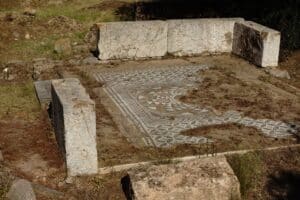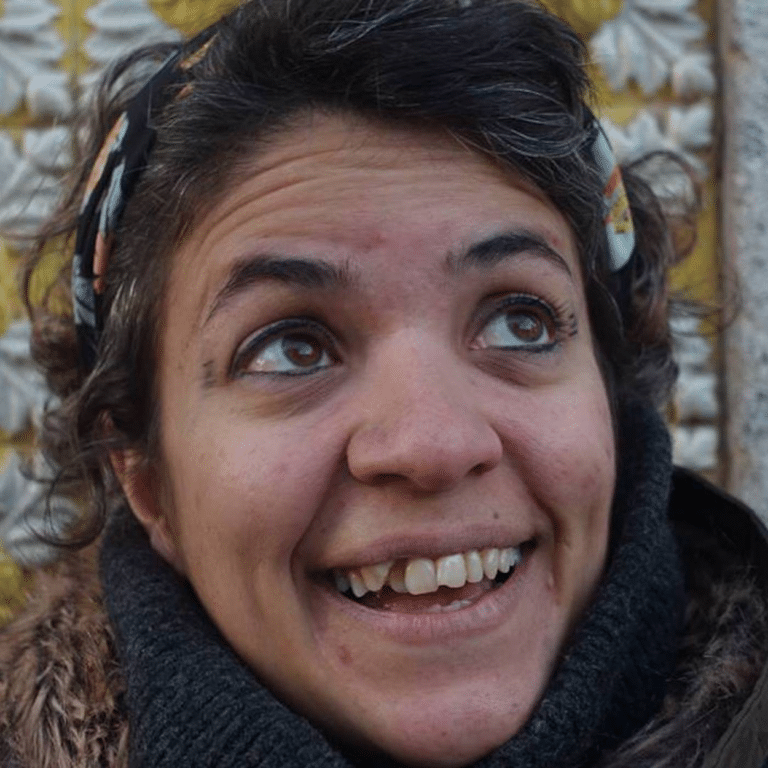Stenopos Kollytos Athens
2nd cen. AD Roman mosaic

Dimitris from Athens
I always notice the Stenopos Kollytos mosaic when I go on every Athenian's favorite walk along Areopageitou and Apostolou Pavlou, a.k.a. the Acropolis pedestrian zone. It's dated from the 2nd century AD, i.e. between 100 and 199. At the time, Athens was part of the Roman empire and had already been so for more than 300 years.
The sign next to the mosaic, on the pedestrian zone itself, notes that it used to be part of a Roman house, where the men would reside or hang out. Today this house's ruins are creatively designated "House of the Roman Mosaic", though I cannot see the parrots drinking water out of the vase mentioned in the sign. Perhaps it's referring to a different mosaic?
The area of Stenopos Kollytos was a very central part of ancient Athens. There was a lot of commercial traffic here, and it's where the hetairai used to live (ancient equivalents of modern-day escorts, with the difference that you could also engage in intellectual discourse/intercourse and have long-term relationships with them -- parallel with a lot of other men of course). Due to this increased traffic, Tertullian, who more or less lived during the same time period, noted that children who grew up there learned how to speak one month earlier than other children. Thanks, Wikipedia.
I like this mosaic because it's an always-visible, constant reminder of this city's branching, millennia-long history. What will people remember of us in the 40th century AD? Would they even recognize the words "Roman", "AD", or even "Athens"?
Athens Spotter Dimitris
About this spot
Apostolou Pavlou
- 247
€
free
Our Athens City Guide
Find your way with 265 Insider Tips from our Local Spotters
Loved it? Join us!
Loved this Spot?Join your international community. Share your favs and become part of our international community!
Nice place right!? There’s so much more to discover:
Discover all other hidden gems in Athens
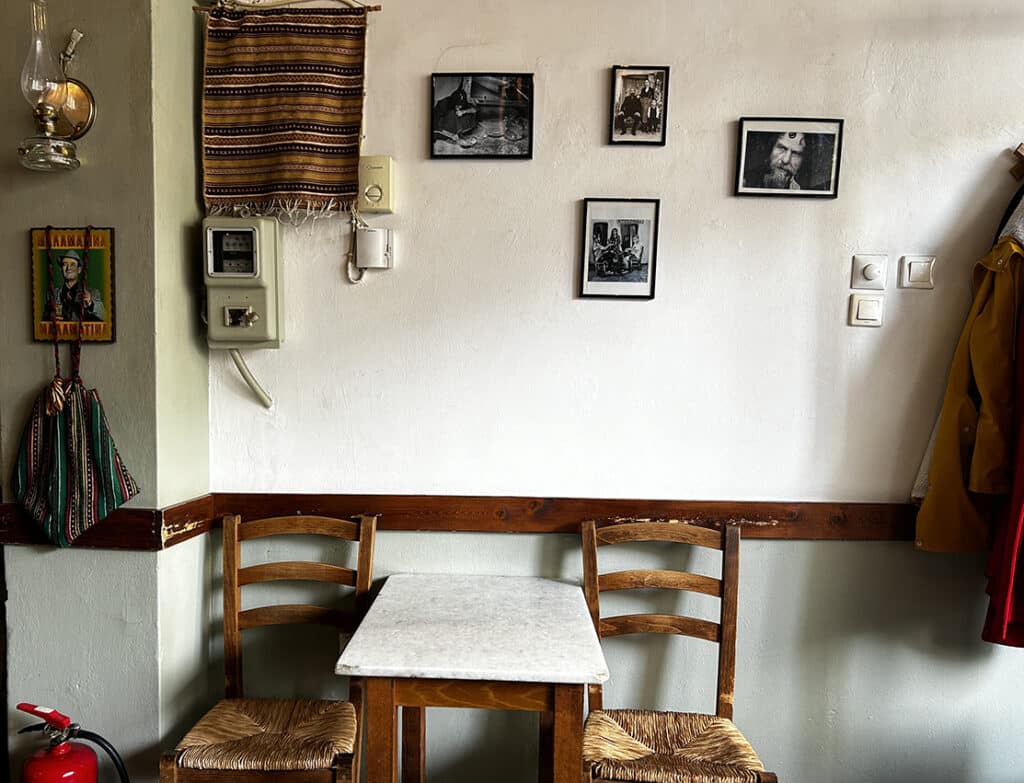

To Laini
Where the Cretan heart beats
My two favorites are Sfakianopita with honey and the famous Dakos. Every plate is cooked in olive oil with lots of rosemary.
by
Asimina
Mitrothanasi
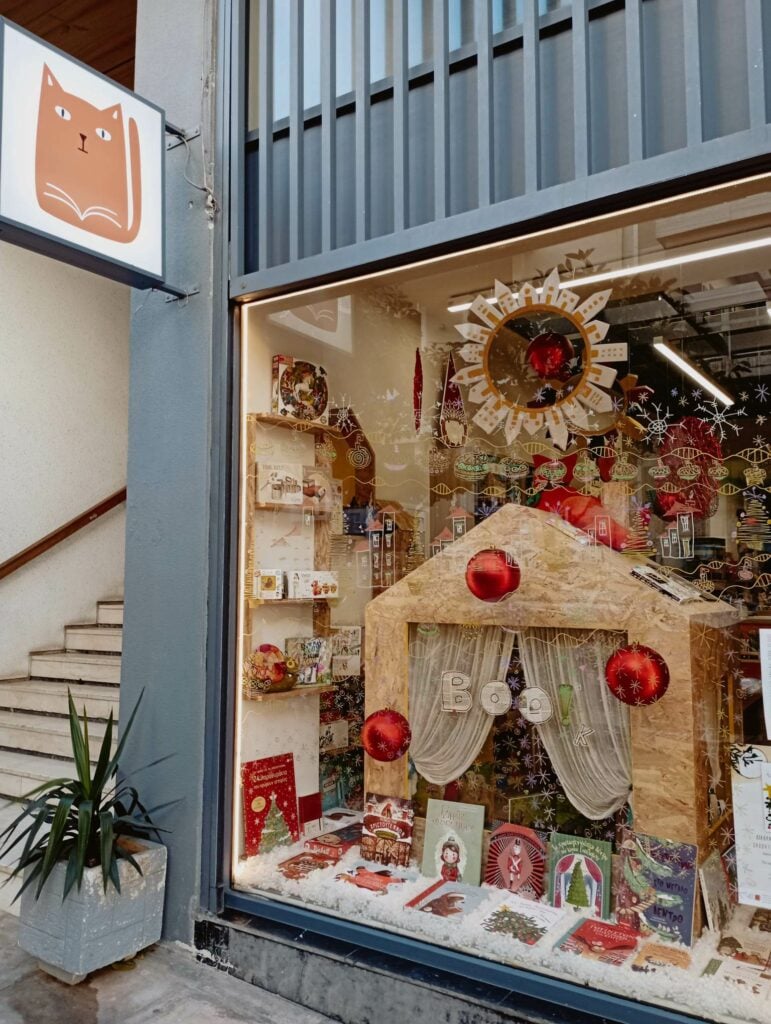

"Mauricio the cat" bookstore
A cultivated cat
Mauricio the cat likes to carry the latest publications, bringing attention to quality and design, and often hosts events such as reading time meetings with popular authors for his little friends.
by
Zoe
Tziakou
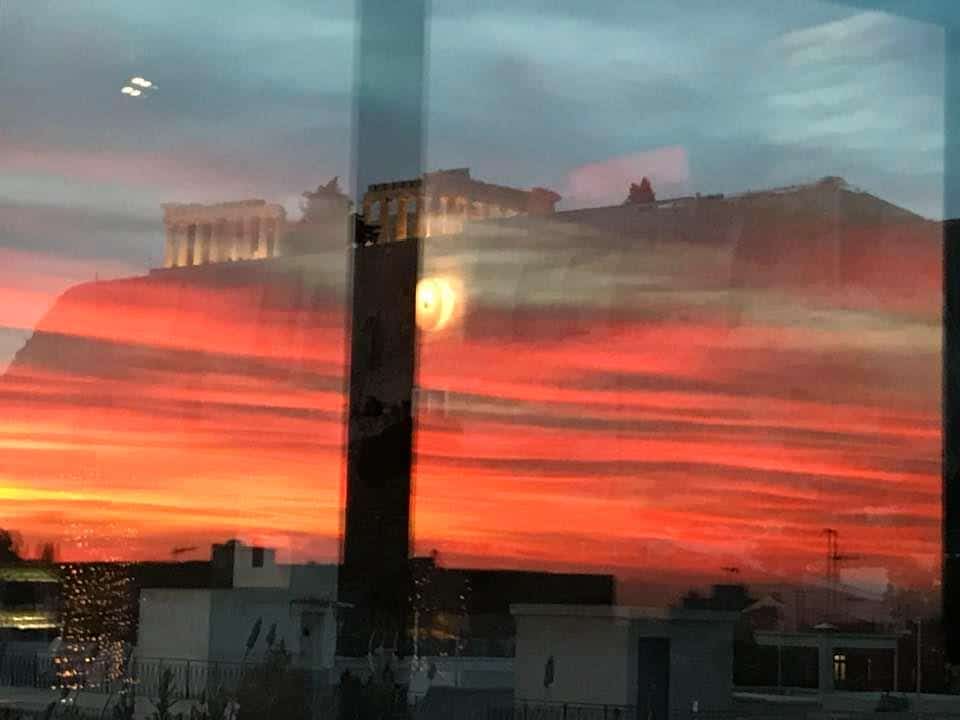

Koukaki
My dearest neighborhood
"Koukaki", the neighborhood in the center of Athens, is my favorite neighborhood anywhere in the world! Just come explore -- you won't regret it...
by
Marilena
Salamanou
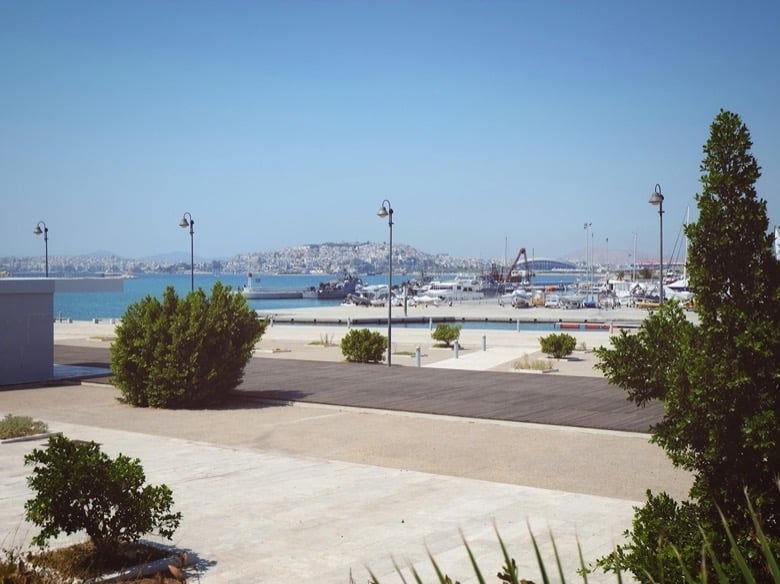

Plateia Nerou
Water plaza
"Plateia Nerou" in the Athens waterfront at Faliro is one of my favorite location for walking, cycling, relaxing, also used for great concerts & festivals.
by
Andreas
Papadopoulos
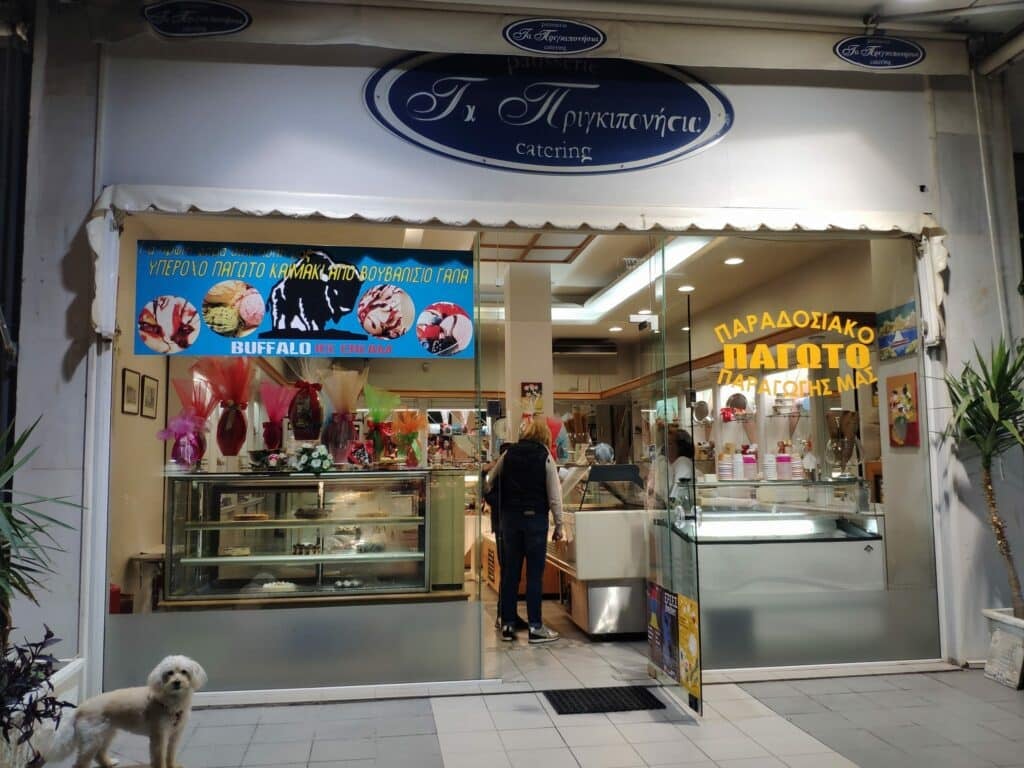

Prigkiponisia
Traditional tsoureki bread
"Prigkiponisia" is one of my favorite pastry shops in Palaio Faliro, Athens. They're well known for their tsoureki bread & ice cream
by
Sofia
Skioti


Pazari Rakosyllekton
Scavenger's flea market
"Pazari Rakosyllekton" is the Athens Scavengers Market. It has an oriental feeling and it's a good idea for getting cheap, used souvenirs here!
by
Andreas
Papadopoulos


The Clumsies
Nice and cozy
"The Clumsies" in Athens - my personal 'love at first sight'. This bar is different: let the world-class bartenders charm you with their cocktails...
by
Andreas
Papadopoulos
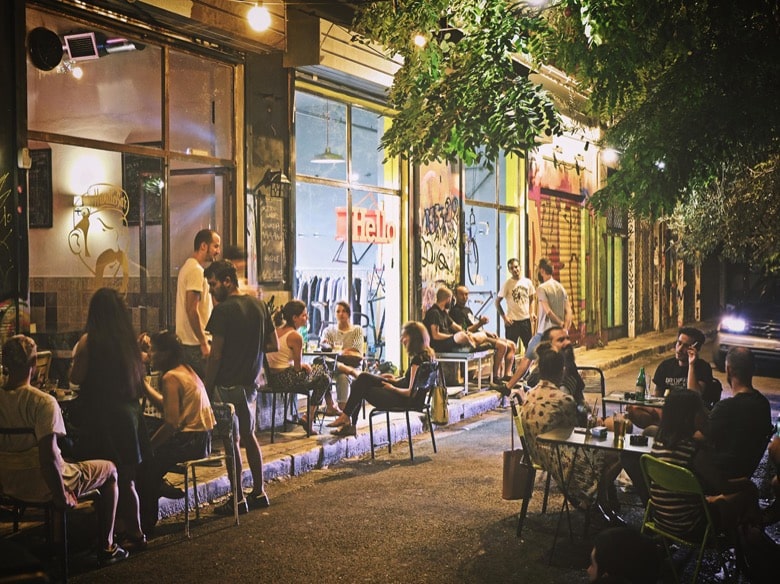

Melanthiou street
Cyclists' joint
"Melanthiou street" used to be an Athens street where drug addicts frequented - now it's a cyclist's joint, full of refreshing bars and creative studios.
by
Andreas
Papadopoulos
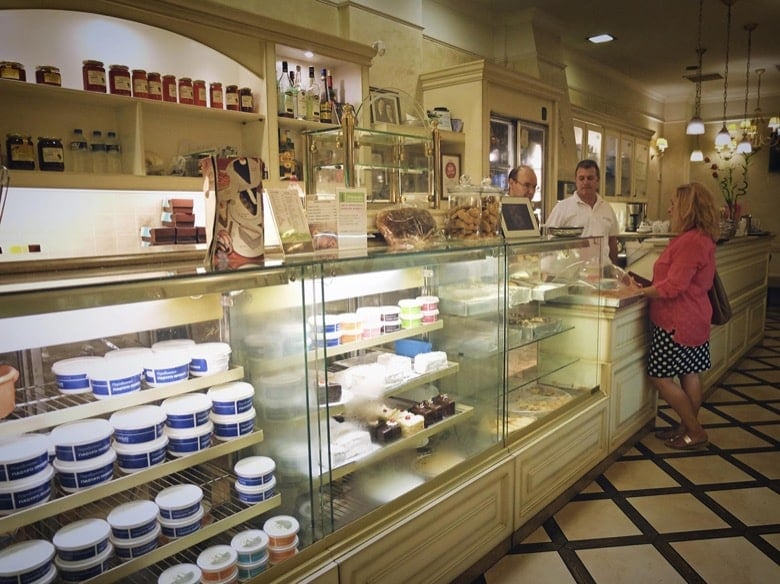

Stani
Sweet temptation
"Stani" (est 1931) in the centre of Athens is a little patisserie that offers milk products like yogurt and rice pudding. I love its sweet galaktompoureko!
by
Andreas
Papadopoulos


Paraphernalia
Design concept store
"Paraphernalia" in Athens is a special shop to buy a gift or souvenir for a friend. I can know that I'll find something unique and hand-made here.
by
Andreas
Papadopoulos


Athens Clue
Can you escape?
"Athens Clue" is an escape room in an old building with at least four different rooms to solve. The first time I couldn't make it, let's try together!
by
Andreas
Papadopoulos
Heading to Athens?
265 Insider Tips from our local Spotters
Authentic Stories by Real People
Escape the Crowd & Travel Slow 🐌
... for just €9.99

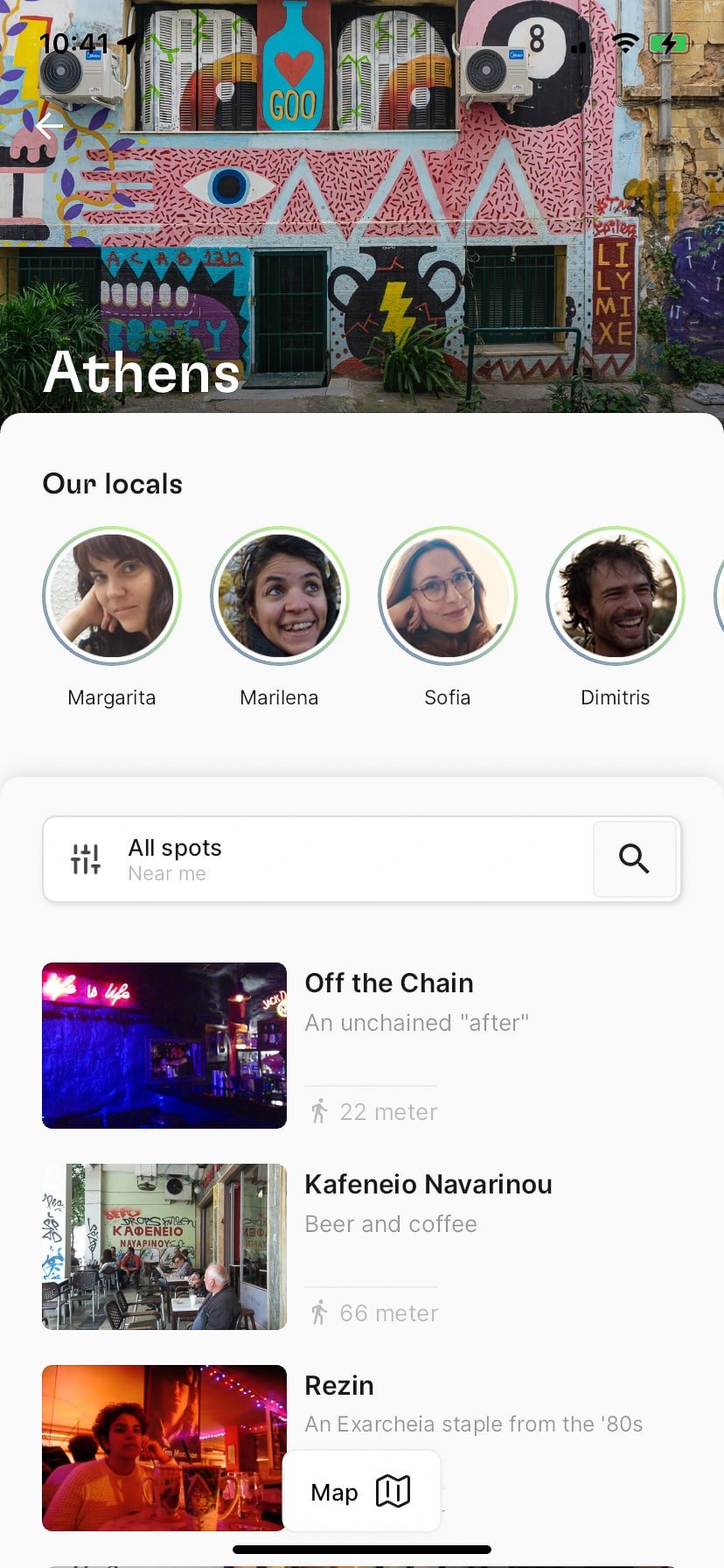

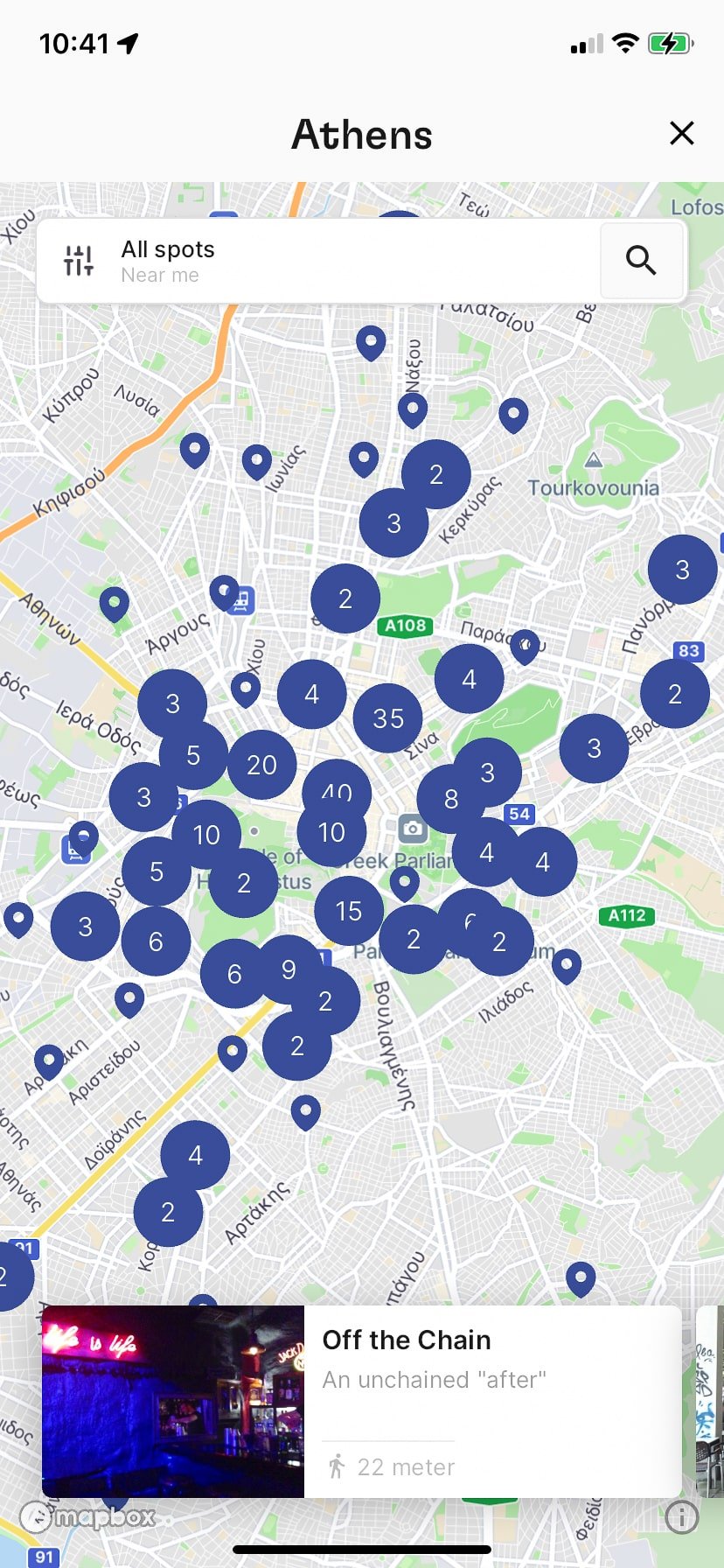


✓ 0 Insider Tips from our local Spotters
✓ 265 Insider Tips
✓ Escape the Crowds
✓ Find Spots nearby
✓ Authentic Stories
... for just €9.99
City guides by those who know the city in and out!
Our Locals' Favorite Art & culture
Our team loves Athens
Get to know our other Spotters from Athens
As featured on:




